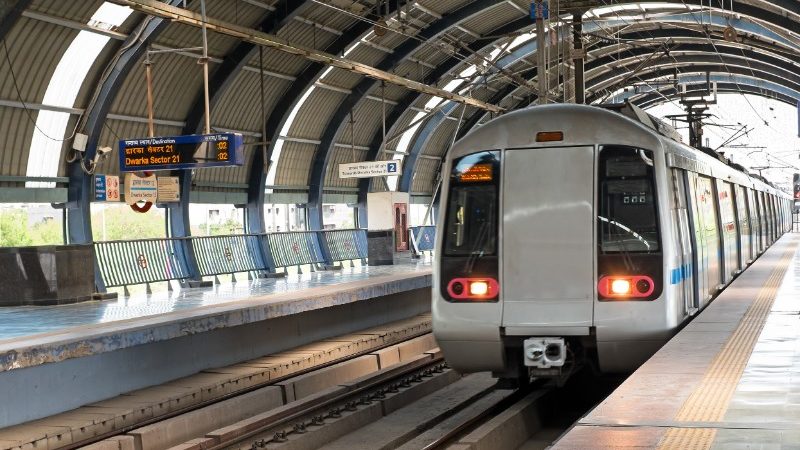With a population of nearly 19 million people, New Delhi in India is one of the largest cities in the world – which means that getting around while you’re there can be quite difficult.
You can use a ride-sharing app like Uber, or take an auto rickshaw, yes, but because there’s so much traffic, those rides can take forever, which is why taking the Delhi Metro may be your best bet. Bonus: Hopping on the metro is also a great way to get to know the city, and it’ll save you money too.
So here’s everything you need to know about the Indian capital’s public transit system:
A Brief History
For starters, the metro system in Delhi is still relatively new; it opened in December 2002. One of the most important facts about it is that it’s the first railway system in the entire world to get a United Nations certification for reducing greenhouse gas emissions. This is huge for Delhi, and, as a result, locals are very proud of their metro.
The metro has eight main lines, divided by colour – red, yellow, blue, green, violet, magenta, and pink – plus an eighth one, the orange line, that goes directly to the airport. There are around 184 metro stations in total, both underground and above ground – but they’re all air-conditioned. That air conditioning factor certainly isn’t as big a deal as the United Nations certification, but it’s definitely up there, as Delhi heat is no joke.
SEE THE REAL INDIA ON AN INTREPID SMALL GROUP ADVENTURE NOW
Getting Around
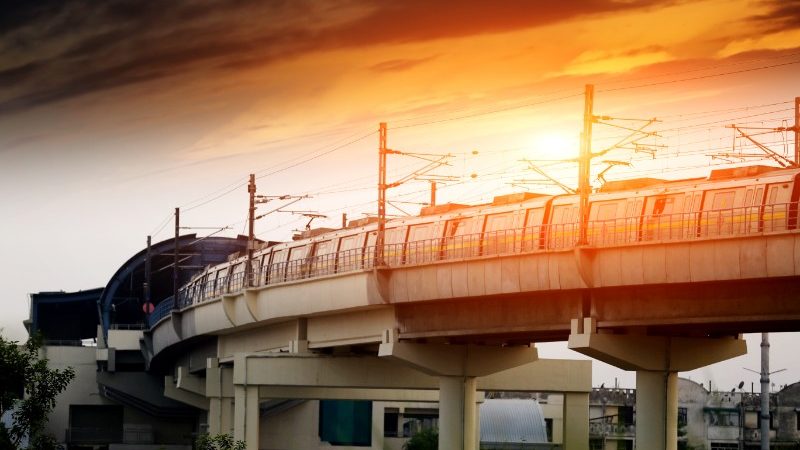
Image by Sonia Dhankhar
As you may expect from such a sprawling railway system, there are a couple of key rules and guidelines that you should know before you go:
1. To buy a ticket, which is either a card or a token, you have to go to the ticket counter at every station.
Generally speaking, tokens are best for one-way trips, and cards are better if you are a frequent traveller. You can also purchase a Special Tourist Card, which gives you an unlimited number of rides for a limited amount of days. A one-day Tourist Card is 200 rupees (150 rupees + 50 rupees for the card itself, though the card is refundable), and a three-day Tourist Card is 500 rupees (450 rupees + 50 rupees for the card itself, which, again, is refundable).
2. The fare is not a set rate. Rather, it’s based on where you’re going.
Unlike cities like New York, which have a set rate for a subway ride no matter where you’re going, the Delhi Metro charges you based on your distance travelled. To find out how much one ride costs, type in your departure and arrival stations here.
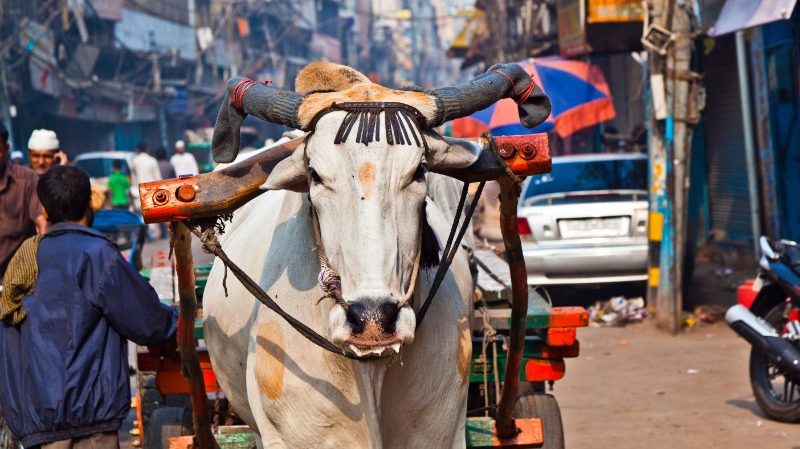
Image by Sundraw Photography
3. If possible, try to avoid peak travel times, as the metro gets very, very crowded.
Locals say that peak travel time in the morning is anywhere from 9 am to 12 pm, and in the evening, it’s anytime from 6 pm to 8 pm. Of course, avoiding the metro during these times may not be possible, so if that’s the case, just be prepared to be squished – and keep an eye on your bag.
RELATED: HOW TO SOUND LIKE A LOCAL IN INDIA – YOUR GUIDE TO DELHI SLANG
4. Each train has about six to eight cars, one of which is reserved only for women.
Although the metro system was opened in 2002, the women’s-only car only opened in 2010, as a response to sexual harassment complaints. Not surprisingly, though, as is often the case with gender-related initiatives, there is a bit of a debate in Delhi about the existence of the women’s-only car. Contrarians argue that it simply reinforces gender roles, whereas those in favour of the car say it’s a nice place to breathe and know that you will not be bothered by men. No matter where you stand on the debate, it’s good to know that there is one in the first place.
5. Your bag will be scanned before you board – and you can’t board at certain stations if your bag weighs more than 15 kilograms.
Every metro station has an X-Ray scanning machine to check your bag before you board. And now, as of February 2018, you are not even allowed [italics] to board the Delhi Metro at more than 35 select stations if your bag weighs more than 15 kilograms. This rule has actually been in place since the metro opened, but it’s only now that the Delhi Metro Rail Corporation (DMRC) is actually enforcing it.
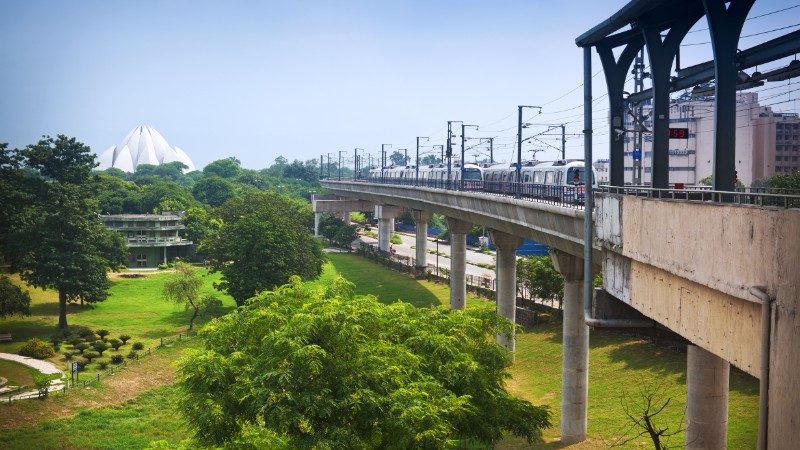
Image by O’SHI
6. You aren’t allowed to eat on the train.
That said, many, though not all, Delhi Metro stations have kiosks where you can buy coffee, tea, and local snacks. Some of the stations even have entire food courts filled with popular local and international chains where you can buy full meals. (Hot tip: Go for local chains like Khan Chacha and Cafe Coffee Day, and pass on the international chains like Domino’s… because you can do better than that.)
EXPLORE ROMANTIC RAJASTHAN ON A 15-DAY SMALL GROUP ADVENTURE
Using the Delhi Metro to Get to Your Hotel from the Airport
When the Delhi Metro first opened, there wasn’t a line that went directly to the airport, but all of that changed when the Orange Line – i.e. the line to the airport – opened in February 2011. Both locals and travellers alike really love the addition, because it cuts the journey down from more than an hour to around 20 minutes (give or take). The Orange Line runs from Terminal 3 and the new AeroCity hospitality precinct to New Delhi Metro Station (which is opposite the New Delhi Railway Station). Trains run nearly every 10 minutes, from around 5 a.m. to 11:30 p.m. every day, and the trip costs 60 rupees.
And that’s not all. In May 2018, the DMRC opened a new magenta line that goes to the airport too. While it’s not an express train like the Orange Line, it still gives you even more airport-to-hotel options. The magenta line has 16 stations total – many of which interchange with other lines – and operates from Terminal 1.
RELATED: THE MAGIC OF MOVING OUT OF YOUR COMFORT ZONE IN INDIA
The Best Delhi Metro Stations for Sightseeing
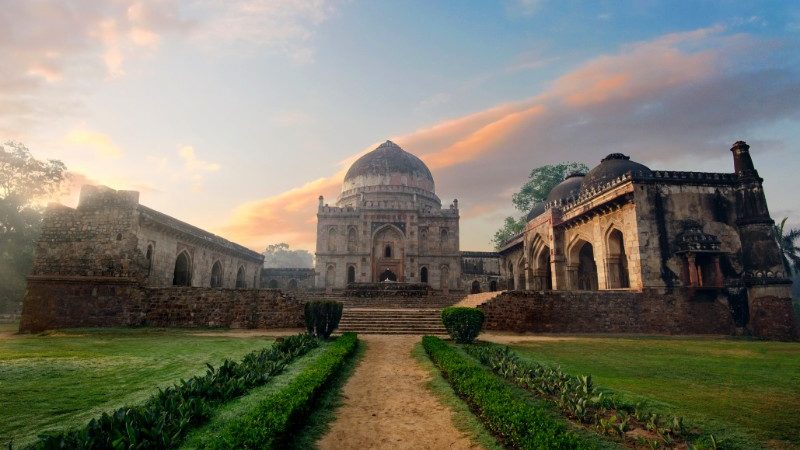
Image by Sundraw Photography
One of the coolest parts about taking the Delhi Metro is that the metro itself is a sight to be seen. That said, you can also use it to get to other awesome tourist attractions too. Here are five solid stations that will place you right in the middle of the attraction action:
1. Chandni Chowk, on the yellow line
This brings you to Old Delhi, which is total chaos but a must-see. You can walk to the Red Fort from here too. There’s tons of street food around as well, so be sure to sample some – and don’t miss Karim’s.
2. Rajiv Chowk, on the yellow and blue lines
When you get off at this station, you’ll be close to Connaught Place, the commercial business and financial hub of Delhi that has heaps of markets and stalls. This is where you go to get all of the Indian trinkets you want.
SUBSCRIBE TO INTREPID’S NEWSLETTER FOR TRAVEL TIPS, STORIES, OFFERS, GIVEAWAYS & MORE
3. Hauz Khas, on the yellow line
Hauz Khas village is the hipster neighbourhood of Delhi. Expect to drink artisanal beer and quality coffee, visit artsy clothing and jewellery boutiques, and stroll through colourful, graffiti-covered alleyways.
4. Nehru Place, on the violet line
It’s right by Lotus Temple, which is a house of worship constructed in the shape of a flower that’s one of the most popular attractions in Delhi.
5. Central Secretariat, on the yellow and violet lines
Get off here to be close to the Indira Gandhi Memorial, Lodhi Garden, India Gate, the Parliament House, and more.
Now that you have all of the Delhi Metro information you need, go off and hop on that train. Your wallet – and your watch – will thank you.
Try out Delhi’s Metro on your next trip to India. Explore our range of small group adventures now.

